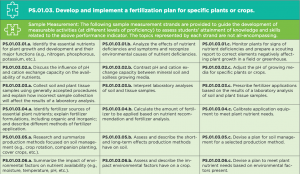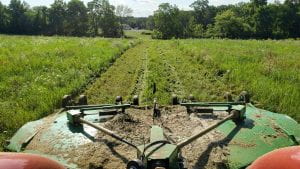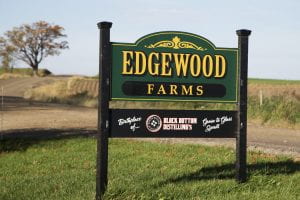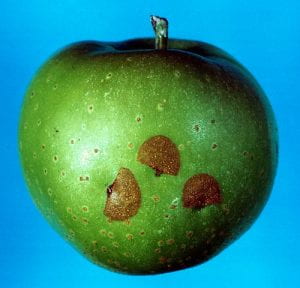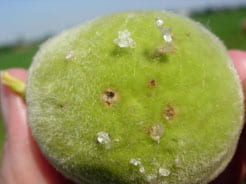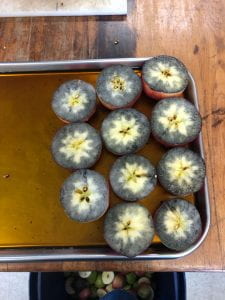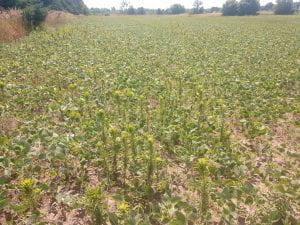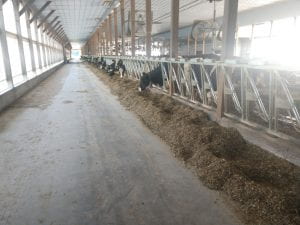Topic 1 has officially been sent out for review and feedback to local teachers. Hopefully they send back some useful information and give us insight to what can be improved. This week we have been moving onto Topic 2 which discusses variability. I have begun by working on the PowerPoints. Essentially, I look at the lesson plan and create a PowerPoint to help guide the discussion and provide a point of reference for the students and teacher.
While I was away on vacation Jonny was able to acquire data for more soybean trials. He also gave me some grain data so I will be able to compare the method for cleaning soy versus grain. So far, I have noticed that the grain fields take significantly longer because the fields are much larger.
I have begun to look at the finished farm reports to learn about how information is shared with the farmers. Next week I will work on the cumulative reports so this will give me a greater background knowledge.



